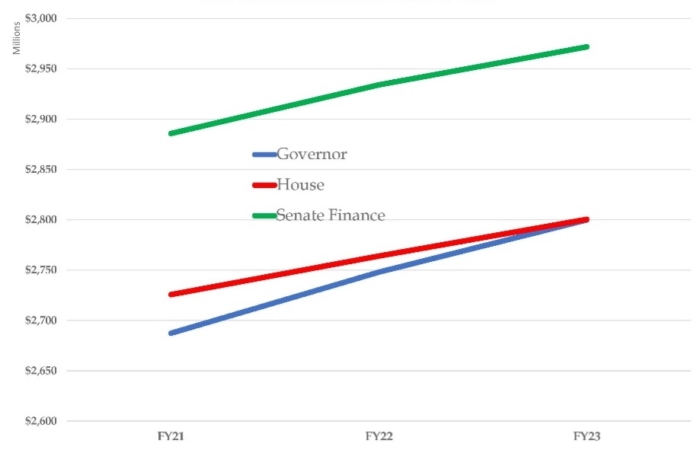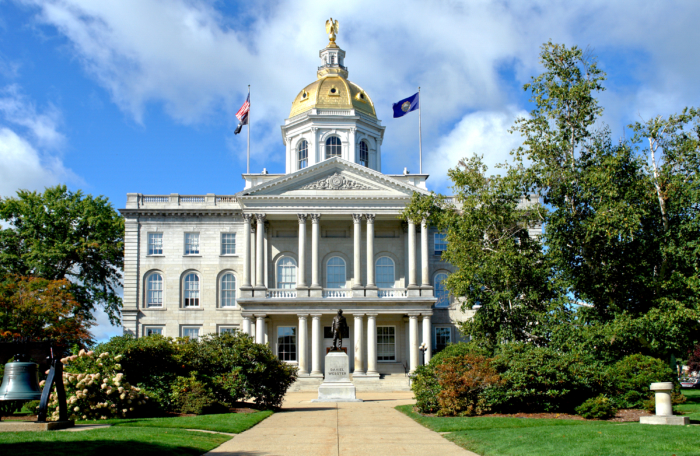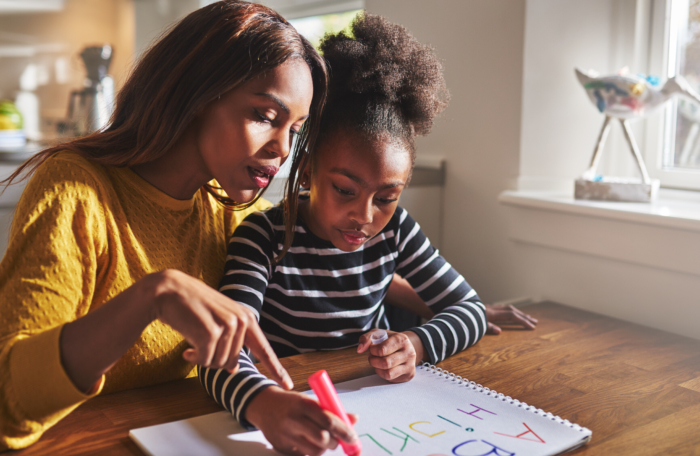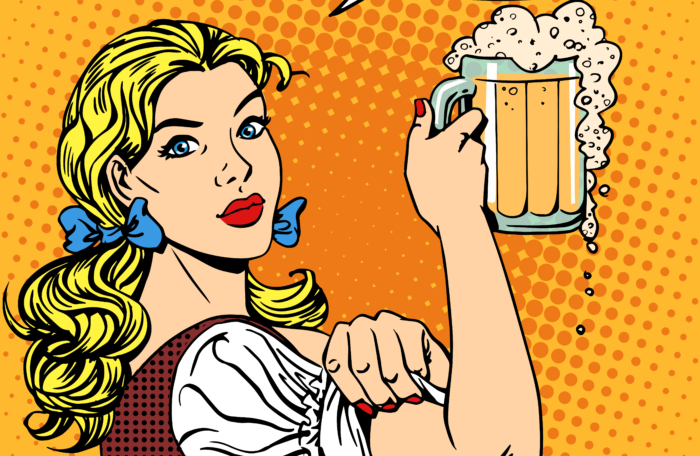Summer weather is here, and restaurants from Portsmouth to Hanover are opening up for outdoor dining on streets and sidewalks. But unless the Legislature acts, those popular outdoor seating areas are in jeopardy when the state of emergency expires.
State law doesn’t expressly allow holders of liquor licenses to add service in common areas, such as public sidewalks or parking lots. The relevant statute (RSA 178:24) addresses expansion of service into areas license holders control, but not into public spaces.
On May 31, 2020, Gov. Chris Sununu allowed restaurants to offer outdoor dining under Exhibit C of Emergency Order 40. (Local approval is required if the expansion is into a shared space, such as a sidewalk.)
The purpose was to give restaurants a chance of surviving the pandemic. People stopped going to restaurants when the pandemic hit last year, then the governor ordered indoor dining rooms closed. When they opened back up, people were reluctant to return. Allowing outdoor dining was intended to authorize restaurants to serve their customers in a way that is common in many other parts of the world, but not in New Hampshire.
(We use the common term “outdoor dining” here, but really what the state’s regulating is the service of alcohol.)
Of course, the big question is: Why does state law interfere with sidewalk dining (drinking) in the first place? Why not just clarify that liquor license holders are not prohibited by the state from expanding into common spaces?
Senate Bill 155, as amended by the House, would do that.
The House-passed version states that “a licensee may expand into a shared space, such as a sidewalk or street, with the approval of local officials.” The Senate version extended the temporary allowance for outdoor dining for another two years.
For the House amendment’s permanent authorization to become law, the Senate would have to agree to the amendment. The bill could come before the Senate for a vote on Thursday.
In addition to allowing outdoor dining for liquor license holders, SB 155 would codify several other provisions contained in Gov. Chris Sununu’s COVID-19 emergency orders.
- It would create a new legally recognized medical occupation called a “Temporary Health Partner,” which is essentially a nurse’s aid. When the pandemic hit, hospitals were short-staffed but could not bring in unlicensed assistants just to help with simple tasks. This would let medical providers hire helpers who would work under a nurse’s supervision.
- It would authorize the emergency medical licensure of various types of medial professionals, such as doctors who let their licenses expire within the last three years, and nursing students.
- It would let pharmacists sell COVID-19 testing kits and administer the tests.
- It would let out-of-state pharmacies providing investigational drugs to New Hampshire patients to be licensed as mail-order pharmacies temporarily for COVID-related reasons.
- And it would let summer camps that temporarily closed for COVID-related reasons maintain their status under local ordinances as a continuously operating camp. It basically prevents their grandfathered status from being revoked because they closed during the pandemic.
The bill offers a nice introduction into the world of unneeded state regulations. It would remove just a few of the many state laws that prohibit the private sector from serving customers in ways that lawmakers of the past either did not anticipate or did not want to allow, for whatever reason.
If it passes, sidewalk dining could become a permanent part of New Hampshire life.










